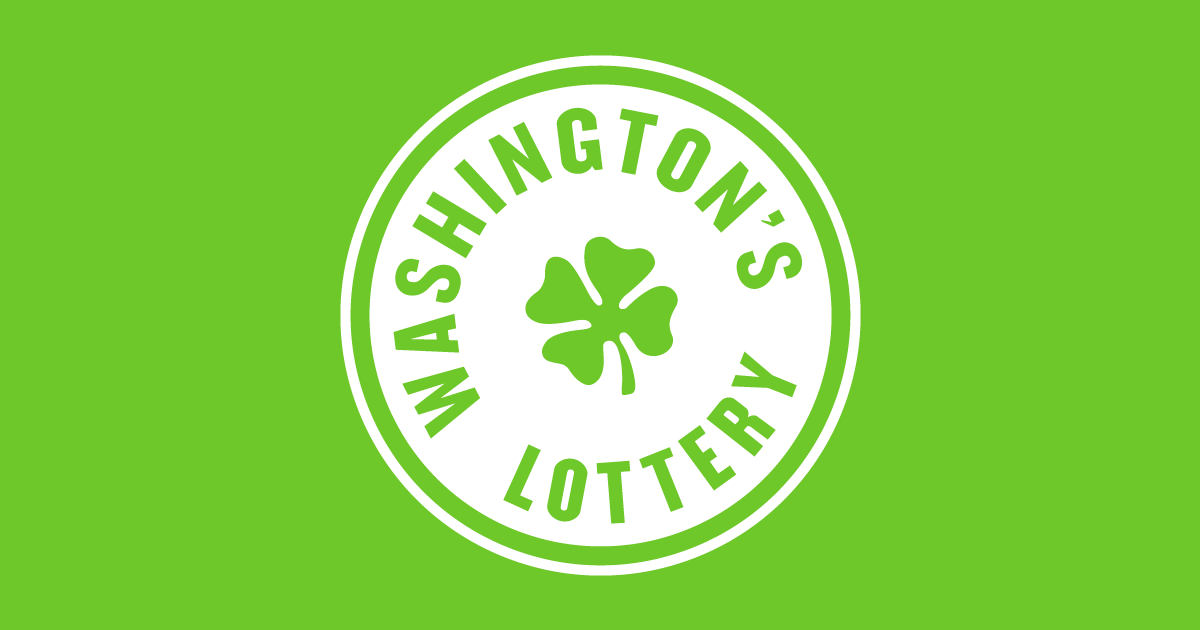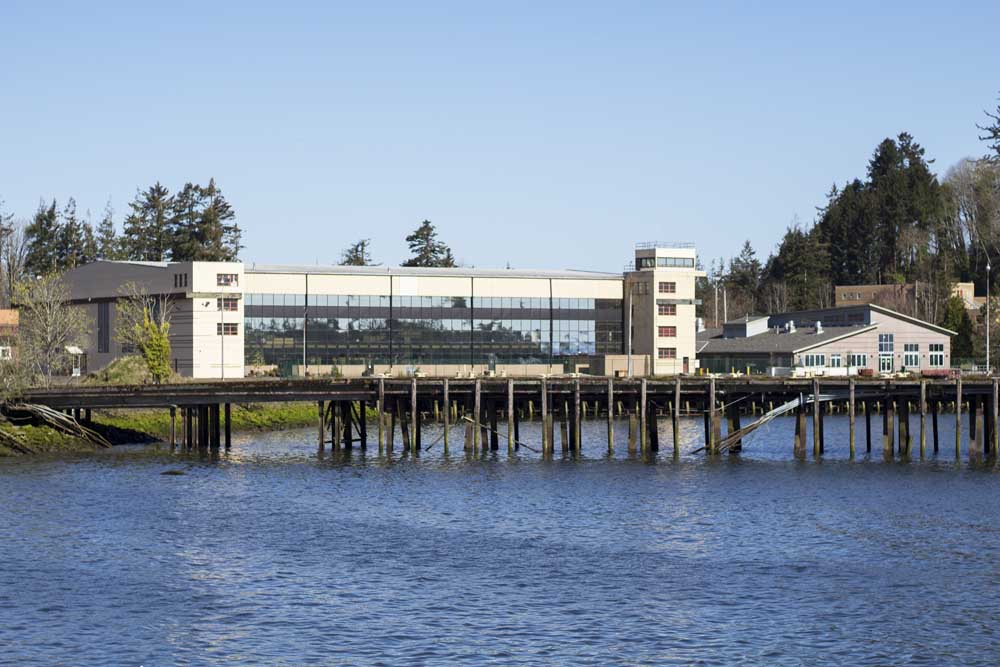Chinook returns uptick; but late or low still unknown
Published 5:00 pm Tuesday, May 1, 2007
The Columbia River’s 2007 upriver spring Chinook salmon return has begun to show some signs of life in recent days, but the jury’s still out on whether it’s a “late-time” run or it’s smaller than anticipated.
The highest count so far this year was recorded last Wednesday, with 3,428 adult salmon jumping up and over Bonneville Dam’s fish ladders bound for hatcheries and tributary spawning grounds in the upper Columbia and the Snake River basin. Counts then dropped a bit, to 2,615 on Thursday, 2,470 Friday, 2,371 Saturday and 2,976 Sunday. The total for the run through Sunday was 28,841.
Counts slowly built during early April. The first daily count of more than 1,000 adult Chinook was 1,245 on April 17. Seven of the next eight days have had tallies of more than 1,000.
Based on the recent 10-year average, 37 percent of the upriver spring Chinook run will have passed the dam by April 24. Tripling this year’s total through that date, 15,003 would leave the season’s end count at only 45,000, the lowest since 1999.
The 10-year average count is 160,000.
Chinook passing Bonneville Dam are counted as spring Chinook through June 15, and afterwards tallied as “summer” Chinook.
The previous two years have witnessed late-timed runs, starting slowly and then rallying. Under late timing, Oregon and Washington fishery officials say only 15 percent of the run will have passed the dam by April 24.
Future fishing opportunities in the Columbia mainstem hinge on that run timing, and ultimately the estimated size of the run.
Sport fishing in the lower Columbia (from Portland’s Interstate 5 bridge to the mouth, ended April 15.
as anglers nudged close to impact limits imposed to assure minimal impacts on salmon stocks listed under the Endangered Species Act, such as the Upper Columbia spring and Snake River spring/summer Chinook. The lower river commercial fleet has not fished since mid-March, also at their allowable impact limit on the upriver run.
During a sport fishing hearing, Oregon and Washington department of fish and wildlife fishery managers Wednesday approved an extension of the salmon sport fishing season through May 3 on the mainstem between Bonneville and McNary dams. That fishery was scheduled to close at the end of the day April 30.
The above-Bonneville fishery is allocated 0.071 of the non-Indian total allowance of a 1.5 percent impact on the upriver run. Anglers there were projected to have used only 76.6 percent of their allocation through the end of the month.
“I think it’s clear that we have some flexibility above Bonneville” to allow additional fishing, said Curt Melcher of the Oregon Department of Fish and Wildlife. The goal of Melcher and the Washington Department of Fish and Wildlife’s Cindy LeFleur was to allow that fishery to continue uninterrupted, and await news that, if good news, would allow it to continue and potentially permit a lower river sport reopening.
LeFleur said she hoped the extension would “get that fishery to a point where we don’t have to close it all.”
The preseason forecast was for a return to the mouth of the Columbia of 78,500 adult upriver spring Chinook. Federal, state and tribal members of the Technical Advisory Committee met this week to consider updating the forecast but decided they had insufficient information. The updates hinge on passage counts at Bonneville, the first dam the salmon encounter on their way upriver.
TAC normally waits to update the forecast until 50 percent of the overall run is believed to have passed Bonneville.
“An average run would hit that timing this weekend,” the ODFW’s Kathryn Kostow, a member of TAC, told LeFleur and Melcher. A late-timed run would probably not hit the halfway mark until May 3-6, she said. For fishers, and fishery managers, it’s better late than never.
“It depends a lot on what we get for a run size update,” Melcher said. The states plan to meet again Wednesday afternoon to review updated harvest data and a TAC run update. Kostow said that TAC would likely produce a forecast range before the fishery meeting. She said the preseason forecast, despite the slow start to the run upriver, was likely still in the mid-range of potential outcomes. A higher forecast would allow the harvest of more fish.
Before the lower Columbia sport season ended, anglers caught and kept 5,641 spring Chinook, and released 1,235 unmarked fish, in 67,244 angler trips. About 61.4 percent of that catch was of upriver origin. The above-Bonneville fishery was expected to include 384 Chinook handled by the anglers through April 30.
Both sport and commercial fishers must release unmarked fish that are potentially of wild origin. A certain number of those released fish are assumed to die, thus counting as impacts on the protected stocks.
The gill-net fleet landed 2,726 Chinook, of which 52 percent were upriver spring Chinook.
The total non-tribal catch, which includes the completed fisheries and others such as the above-Bonneville sport season, are estimated to represent about 91.5 percent of that 1.5 percent impact limit.





